Maternal instinct in the animal kingdom
Humans may be the only ones who have a dedicated holiday for it, but in the animal kingdom, every day is Mother’s Day. The fierce and protective maternal instinct in different species is at least equal to, and in some cases maybe even stronger than ours. Biologically programmed to preserve their species by protecting and caring for their young, some species go to incredible lengths to do so…. even without incentive to one day earn a World’s Best Mom mug.
%20female%20and%20young.CC%20by%202.0%2C%20Bernard%20Dupont.jpg)
Elephants
Elephants may be the most protective moms on the planet. Herds of females and children usually travel together in a circle, with the youngest member on the inside protected from predators. If one child becomes an orphan, the rest of the herd will adopt him.
Elephants also mourn their dead. A bereaved mother will behave in a depressed manner for days while the herd creates a burial of the dead. Cows collect leaves and twigs to cover the body of the deceased. Even years later, elephants have been observed revisiting the site where one of their own had died.
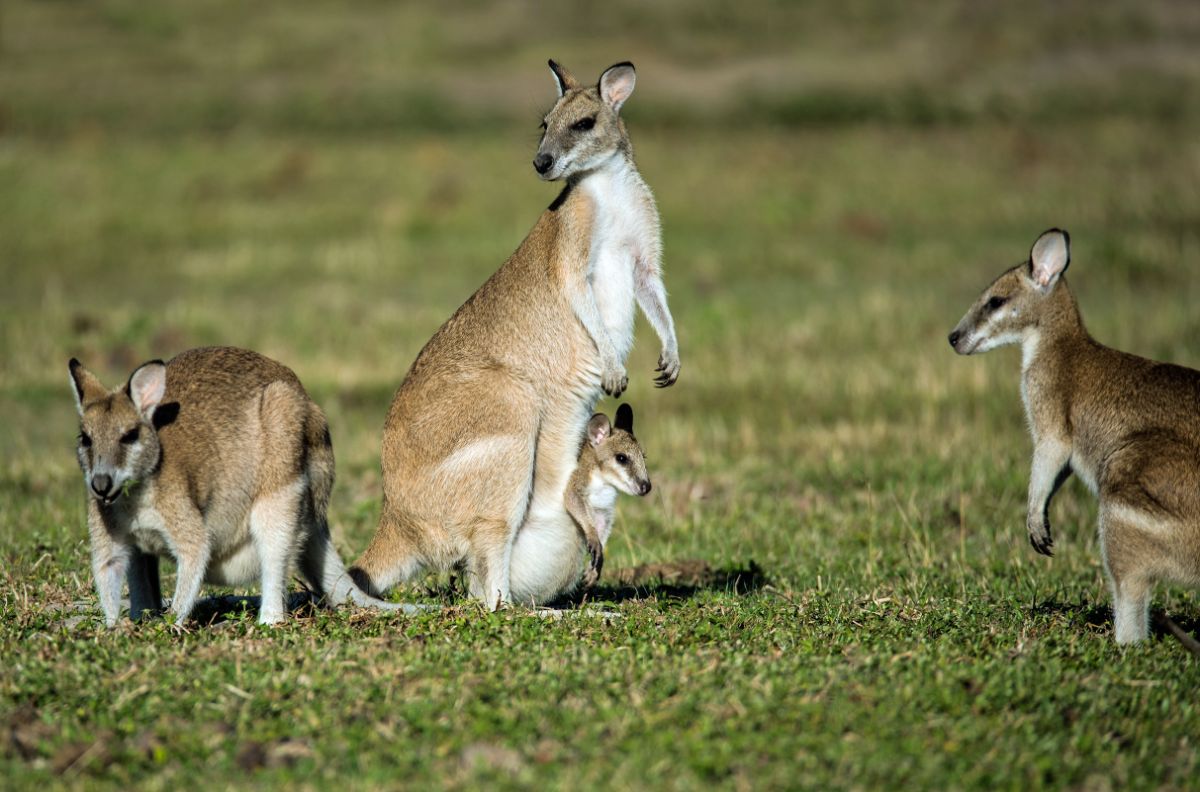
Kangaroos
Kangaroos are only pregnant for 21 to 38 days before giving birth to a joey that can be as small as a grain of rice or as big as a bee. They care for their remarkably vulnerable babies by carrying them in their pouches for months, maintaining constant, skin-to-skin contact, while the joey gestates for another 120 to 450 days. Kangaroos only emerge permanently from their mother’s pouch at 10 months old, but for the next 8-11 months, they continue to periodically suckle from their mother.

Giant Panda eating bamboo, Chengdu, China. Photo ID 38787980 © Birdiegal717 |Dreamstime.com
Pandas
Newborn pandas are incredibly vulnerable, blind, and tiny, weighing in at just three to five ounces, almost as small as newborn kangaroos. Panda Moms, at an average of 300 pounds, have to take a lot of care in protecting their tiny, helpless infants, which is why they cradle them almost constantly until it is big enough to move around on their own, at about three months old. Between the ages of 12 months and 18 months, a panda cub will have a major growth spurt, gaining nearly 100 pounds and growing the strong teeth it needs to eat bamboo. When a panda is about 18 months old, it is ready to venture out on its own, having learned the survival skills it needs from its mother.
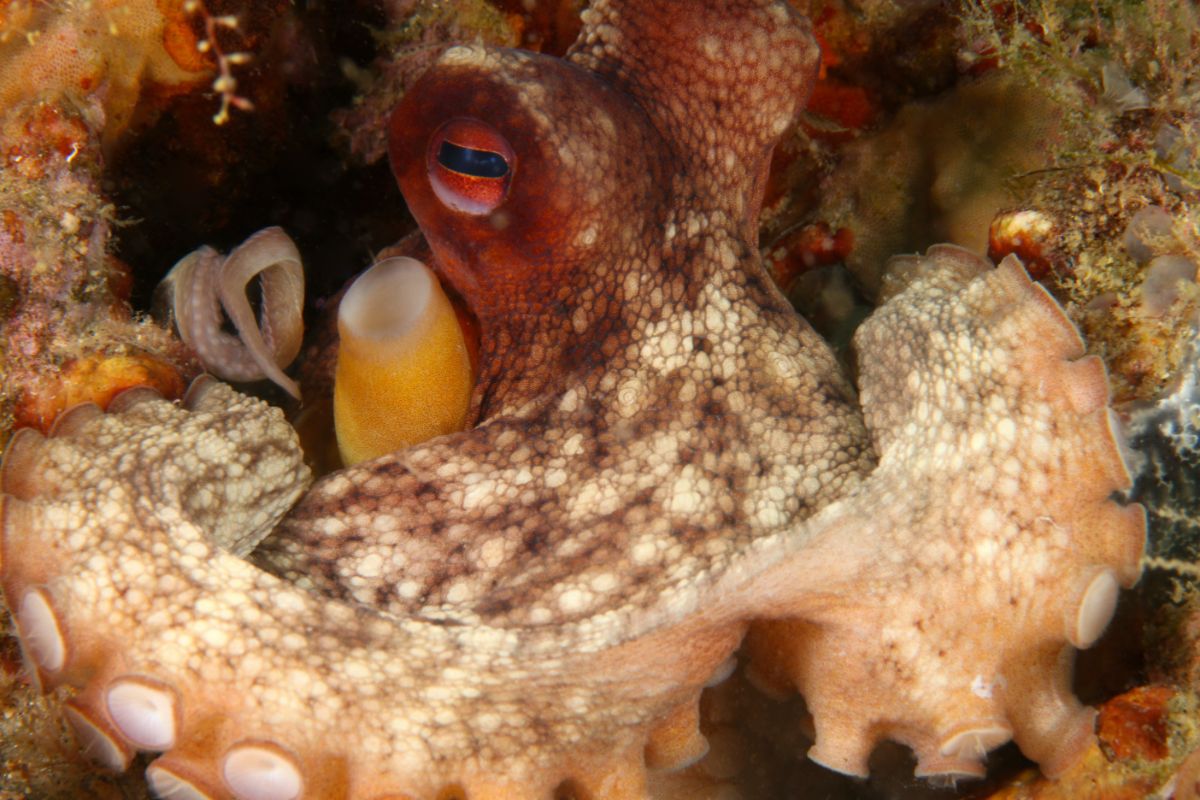
Octopuses
After female octopuses lay huge amounts of eggs—sometimes in the thousands—they keep the developing babies oxygenated and free of bacteria by fanning them with muscular organs called siphons. During this process, octopus moms stop eating and will not leave the area while guarding their offspring, no matter how long it takes for them to hatch. The longest such period ever observed by scientists was four and a half years.
After the eggs hatch, the mother uses her siphon to blow them out into the open ocean. Once the little ones are safely out in the wild, the mother passes away of starvation. Though some humans might read this as a bittersweet fulfillment of destiny, science has proven that it’s actually biological. Secretions from an optic gland drive the maturation of the reproductive organs and inactivate the digestive and salivary glands, which leads to the octopus starving to death.
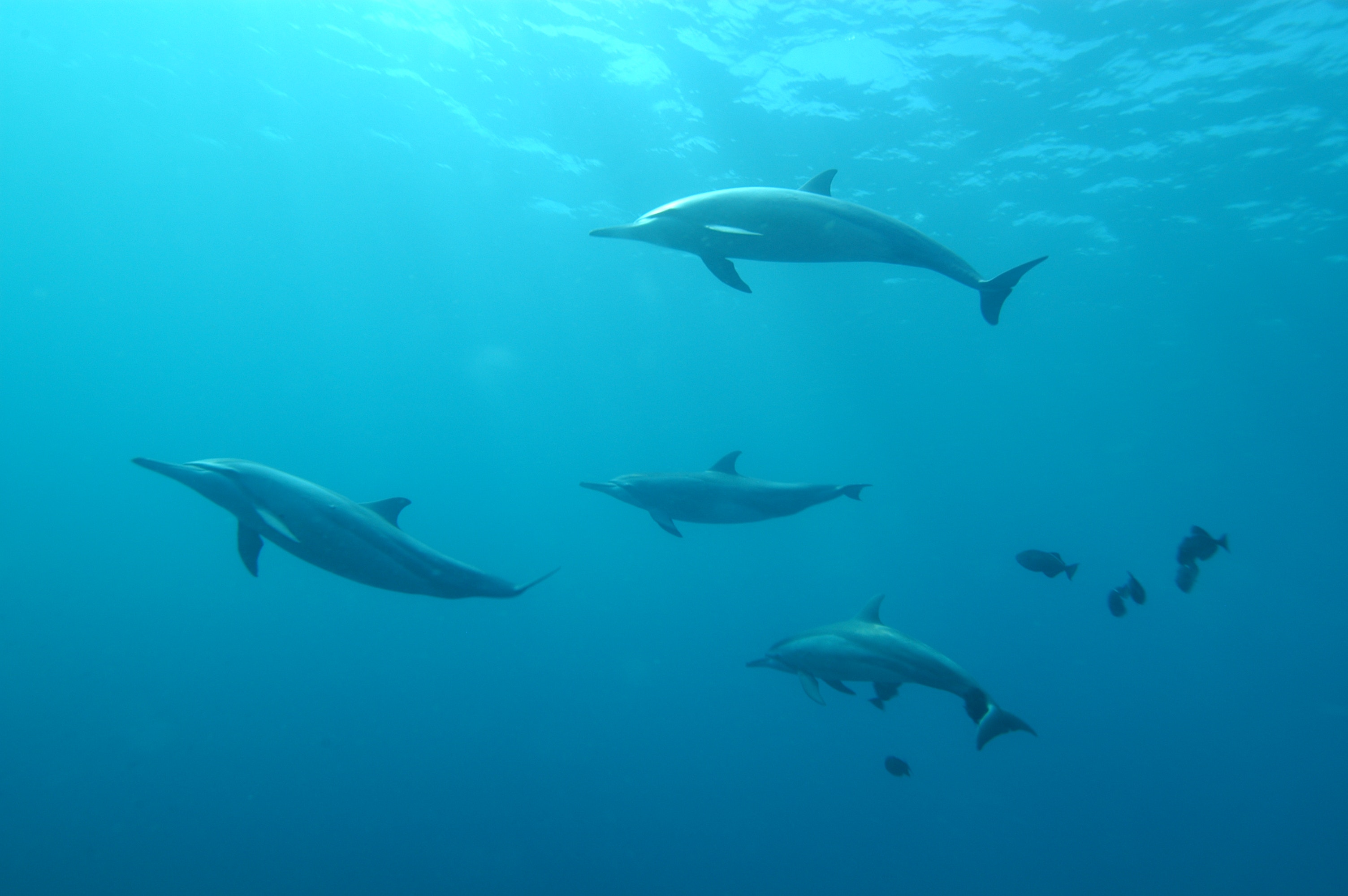
Dolphins
About six hours after dolphin calves are born, the mothers will begin to nurse their young at least four times each hour for the first four to eight days, and mothers continue to nurse their calves for up to 18 months. Calves start swimming alongside their mothers right from birth. To help the little ones keep up, bottlenose dolphin moms create a wake called a slipstream that draws the youngsters alongside them. Mothers and calves typically develop an extremely strong bond, and calves stay with their mothers for up to six years before going out on their own.
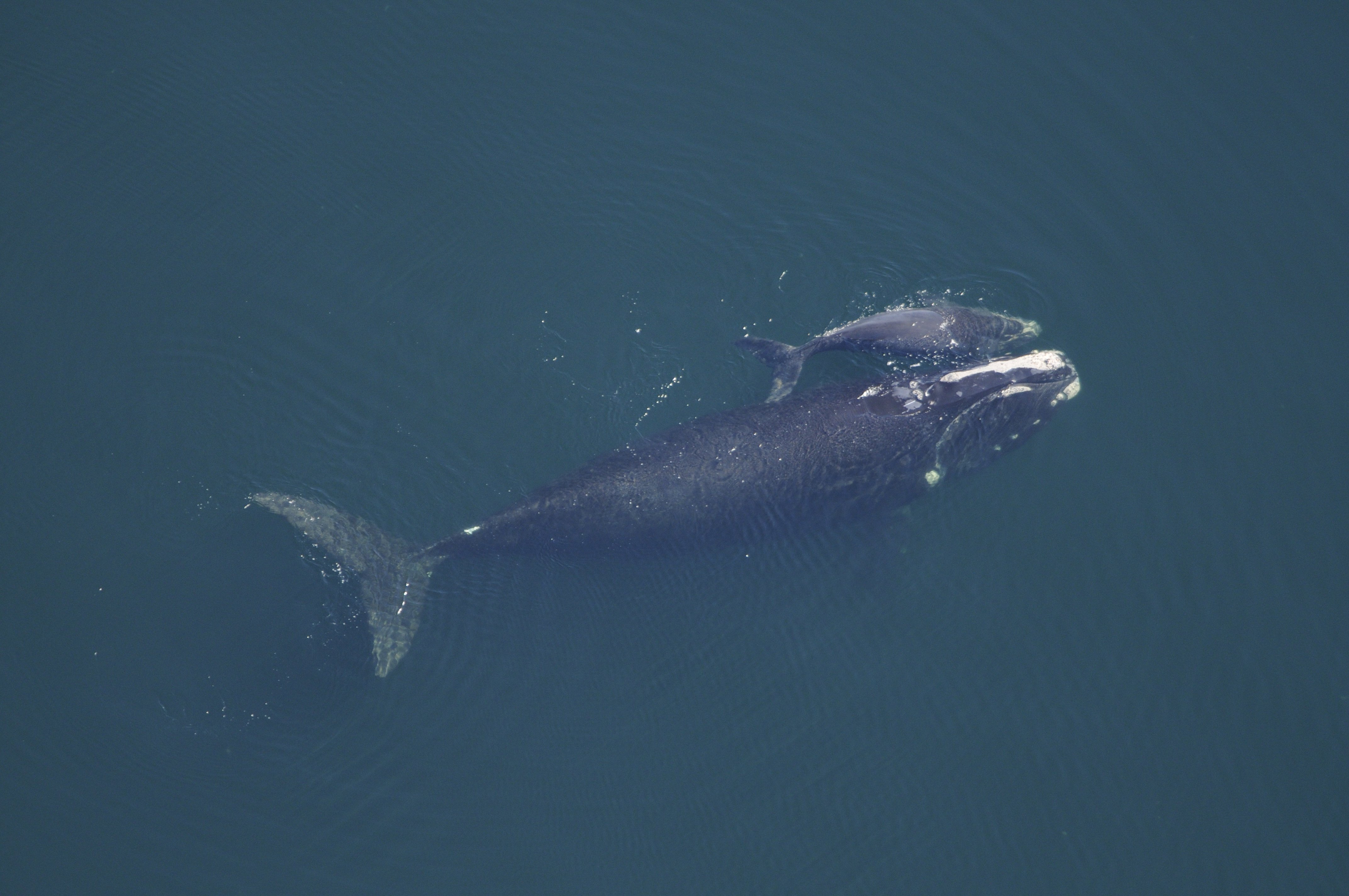
Whales
It’s not surprising that the whale is among the grandest matriarchs on the planet. Sperm whales, for example, nurse their young for over two years, a lengthy commitment in the animal kingdom. Many whale species maintain long-lasting bonds with their children. Resident Orca mothers and their children stay together their entire lives, even after they have offspring of their own. Mothers have just one calf every five years, and mothers watch over their young 24/7. Calves don’t sleep for the first month of their lives, so mothers go without sleep, too. Throughout its life, a Resident Orca will only separate from its mother for a few hours at a time to forage and mate.
Polar bears, lions, cheetahs, tigers, gorillas, and even spiders also have a remarkable maternal instinct. One Earth celebrates all of the moms who help our planet thrive!
Sign up for our newsletter to learn about more incredible species all around the world.
Sign up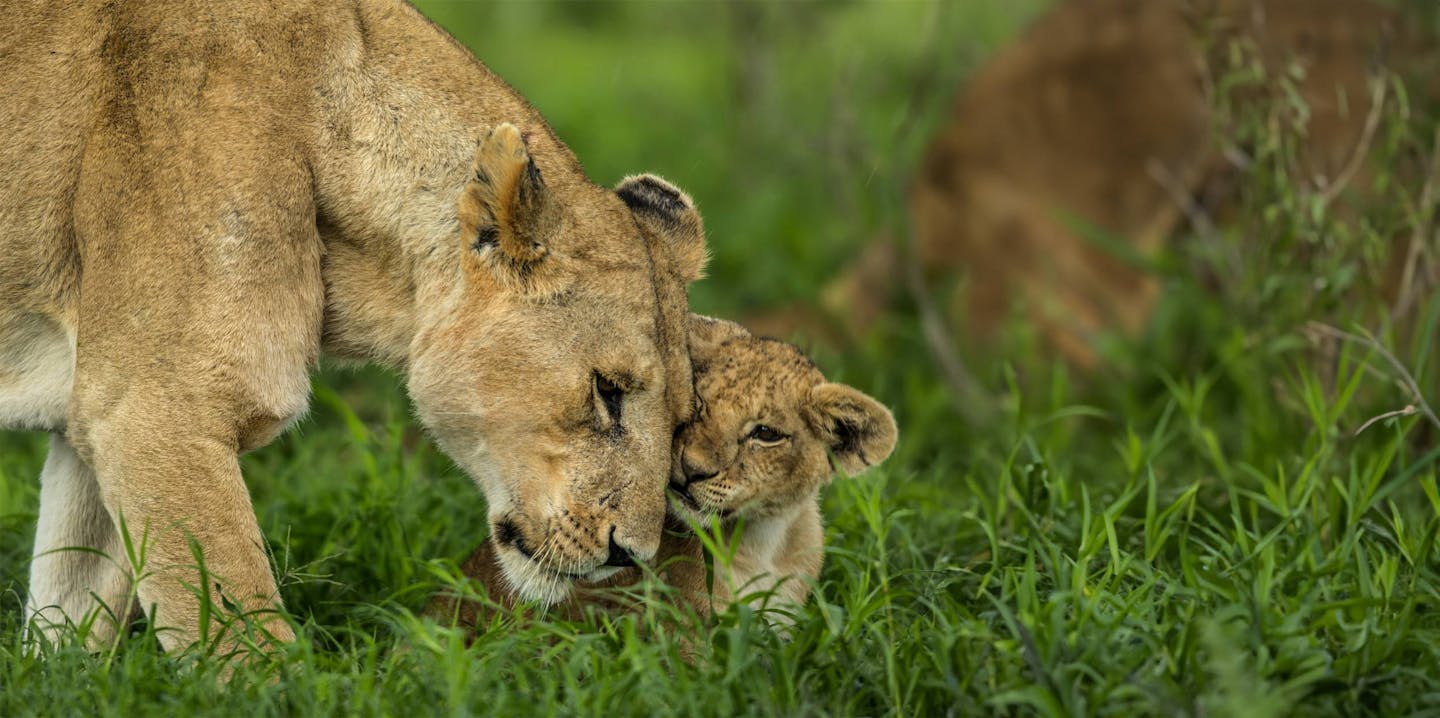
.png?auto=compress%2Cformat&w=200)

